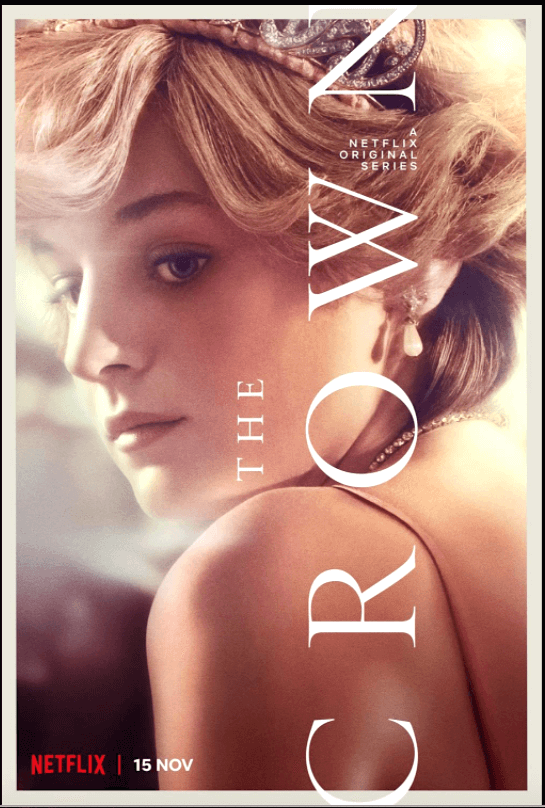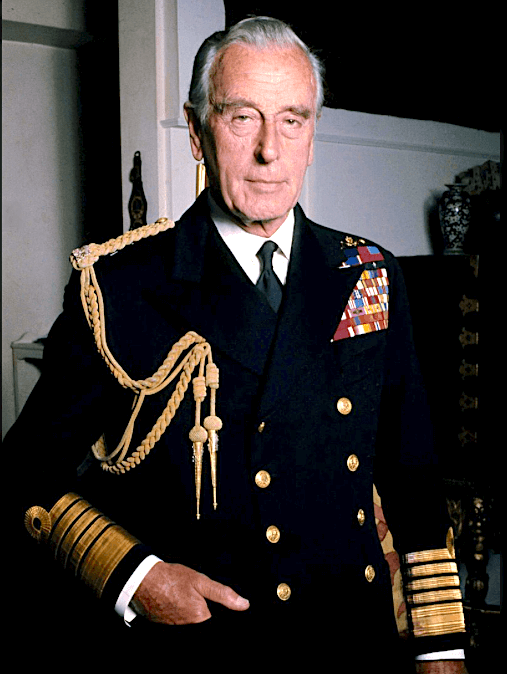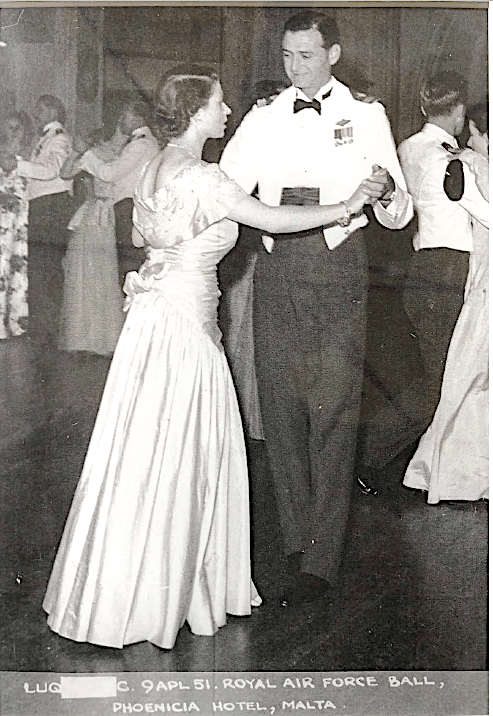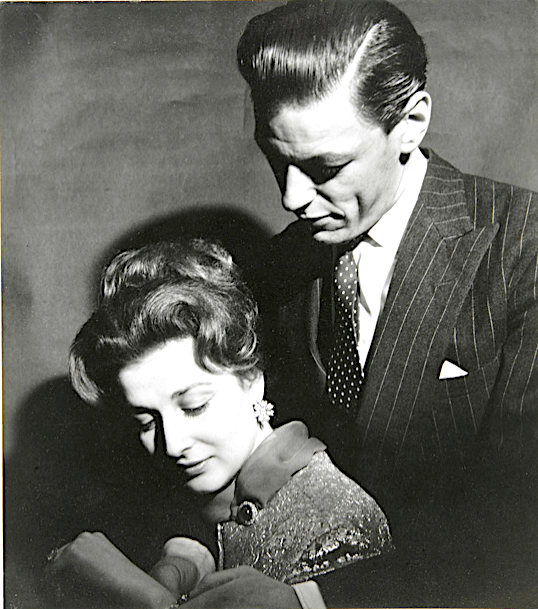Once upon a time, politics was truly a blood sport.

As Shakespeare tells it, King Richard The Third murdered his brother, three of his in-laws, a cousin, several friends, countless rebels, and, most heinously, two nephews, the Princes in the Tower, in a blood drenched plot to steal the throne of England. He then poisoned his wife, in order to marry his niece.
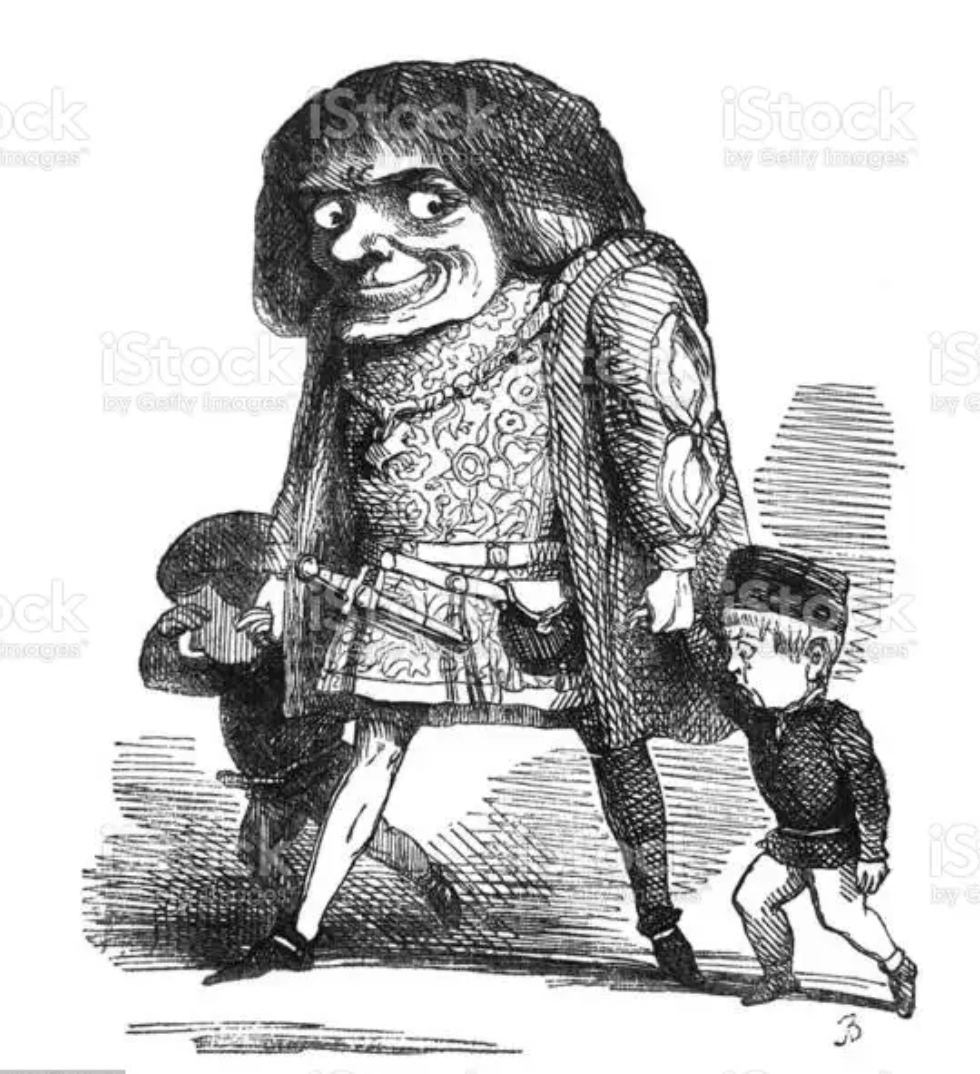
Shakespeare got it wrong. He fashioned Tudor propaganda into one of the greatest plays ever written. Then, like base metal turning into gold, drama transmuted into accepted history, culturally reinforced during the last hundred years by a gallery of stage and screen stars portraying the ultimate wicked uncle.
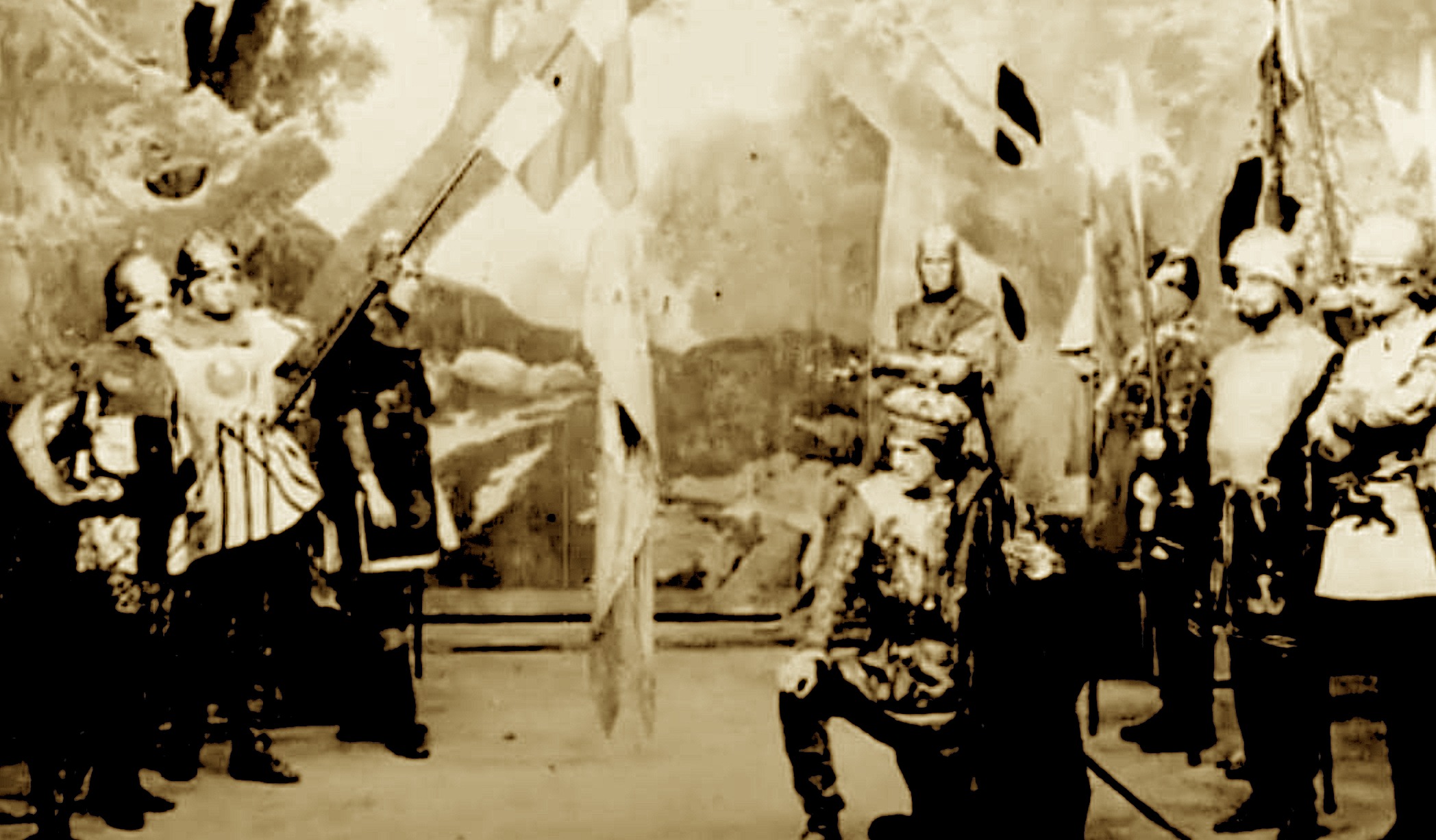
This was the first silent movie version in 1911, with famous speeches conveyed by title cards. It ran 23 minutes. In 1939, Basil Rathbone, seen here getting final touches of make up, played Richard The Third in Rowland V. Lee’s ponderous Tower of London, for which Shakespeare’s material received no screen credit.
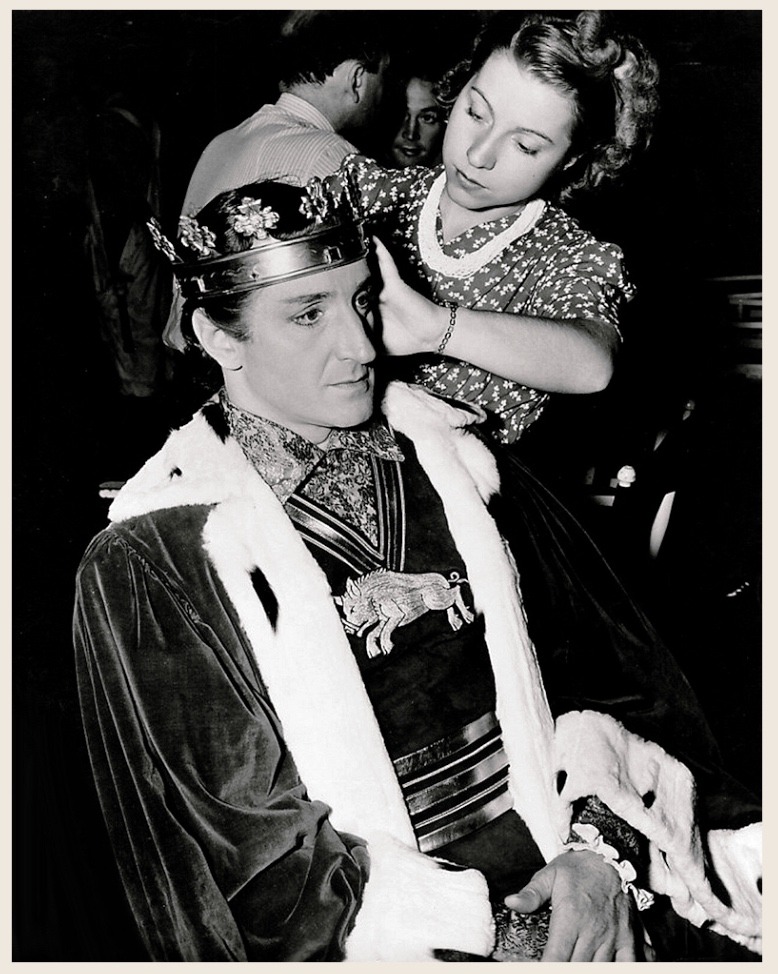
Roland Lee had a track record in swashbucklers (The Count of Monte Cristo) and horror (Son of Frankenstein) and he tilted Shakespeare’s catalogue of Richard’s crimes towards horror, casting Boris Karloff as Richard’s fictional executioner Mord, with a clubfoot no less. The mixture does not gel. Universal spent $580,000 to make it in black and white. Expensive battle scenes shot in Tarzana, Los Angeles, were marred when rain machines caused papier mâché helmets on 300 extras to melt.

A young Vincent Price played the luckless Duke of Clarence.
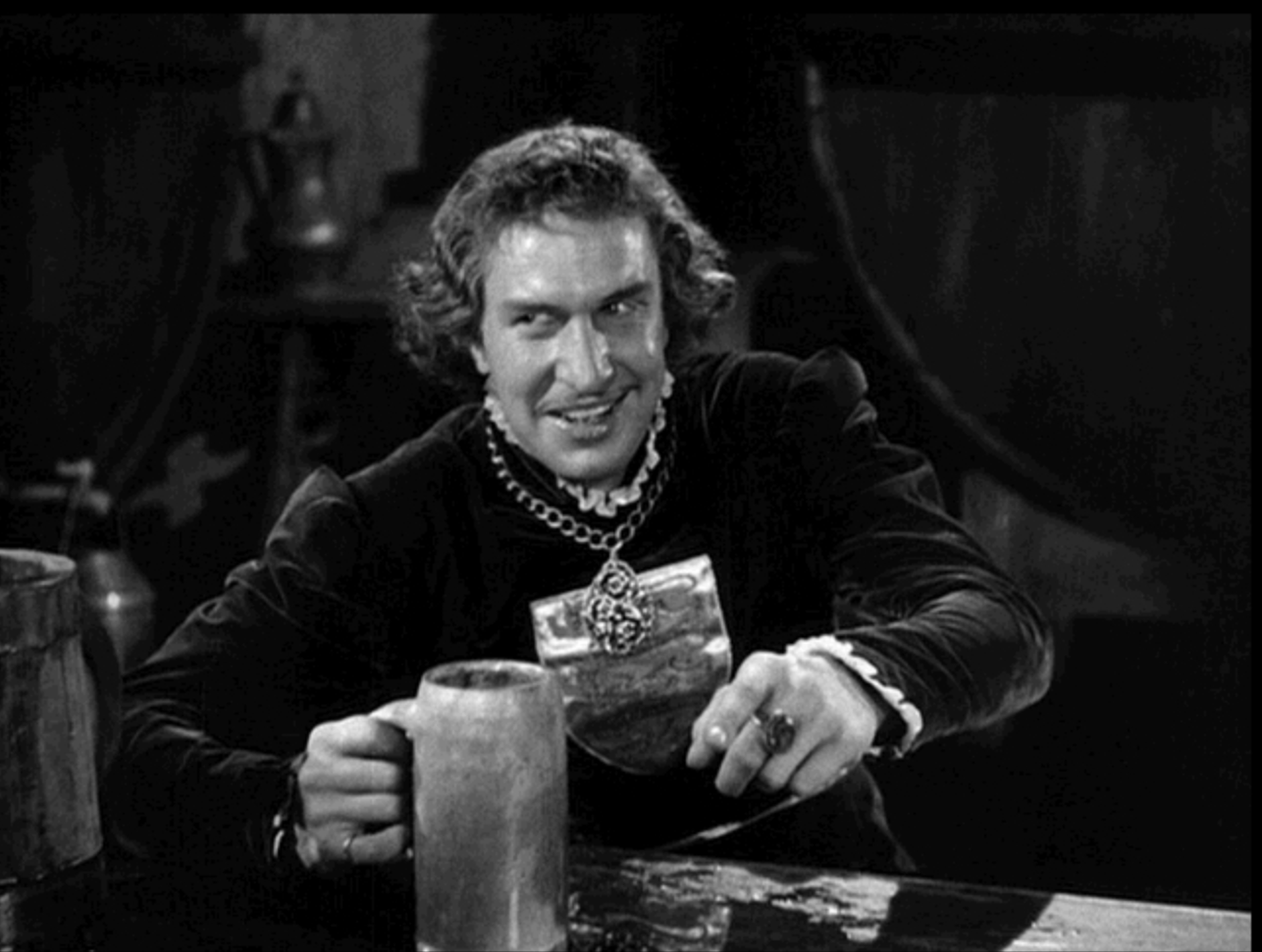
Price would take on the role of Richard The Third in Roger Corman’s threadbare $200,000 remake in 1962, which borrowed battle scene footage from the original.

Vincent Price plays Evil Richard with his customary gusto, as you can see in this clip from the torturing of Jane Shore on the rack.
This never actually happened. It was Henry The Eighth, 65 years after Richard’s death, who had a woman racked almost to death, tearing ligaments, dislocating limbs, before ordering her burned at the stake. Henry was the real monster. The real Jane Shore, wife of a prominent London merchant, and mistress of the late King Edward, was sleeping with at least two of Richard’s enemies, when they were caught in a conspiracy against him. Some conspirators were executed. Richard punished Mistress Shore with the harlot’s walk of shame. She was made to parade barefoot through the London streets wearing only a petticoat, to be jeered at and pelted with filth. This historical incident inspired the naked “ shaming of Circe Lanister” in Game of Thrones. Here’s a clip from the expurgated version on UTube.
In 1955, Laurence Olivier, after acclaimed stage performances, filmed his version of Richard The Third in VistaVision and Technicolor. It’s interesting to compare the interpretation and vocal delivery of Price and Olivier.
Of the various films of Richard The Third, my personal preference is the Ian McKellen version, setting Richard in a 1930’s fascist England.
Contrary to Shakespeare, Richard was a faithful husband and an embattled reformer, outmaneuvered by multiple conspiracies in the final chapter of the thirty year fratricidal conflict known as the Wars of the Roses. 15th Century historian John Rous described him as a “good lord” with a “great heart” who punished “oppressors of the commons”. He reformed the law, requiring free legal advice be available to the poor. No longer could juries be bought, or corrupt land lords forcibly confiscate property based on flimsy accusations without due process. At the microlevel, he even protected the rights of Yorkshire trout fishermen, preventing magnates penning the rivers and harvesting the majority of the trout themselves. He was a promoter of literature and the burgeoning printing industry, causing Chaucer’s work to become popular. He ordered all laws previously written in French or Latin be translated into English to be understood by the commons. Richard was a religious man, mentored as a child by the Archbishop of Canterbury, and introduced to values of justice and chivalry.
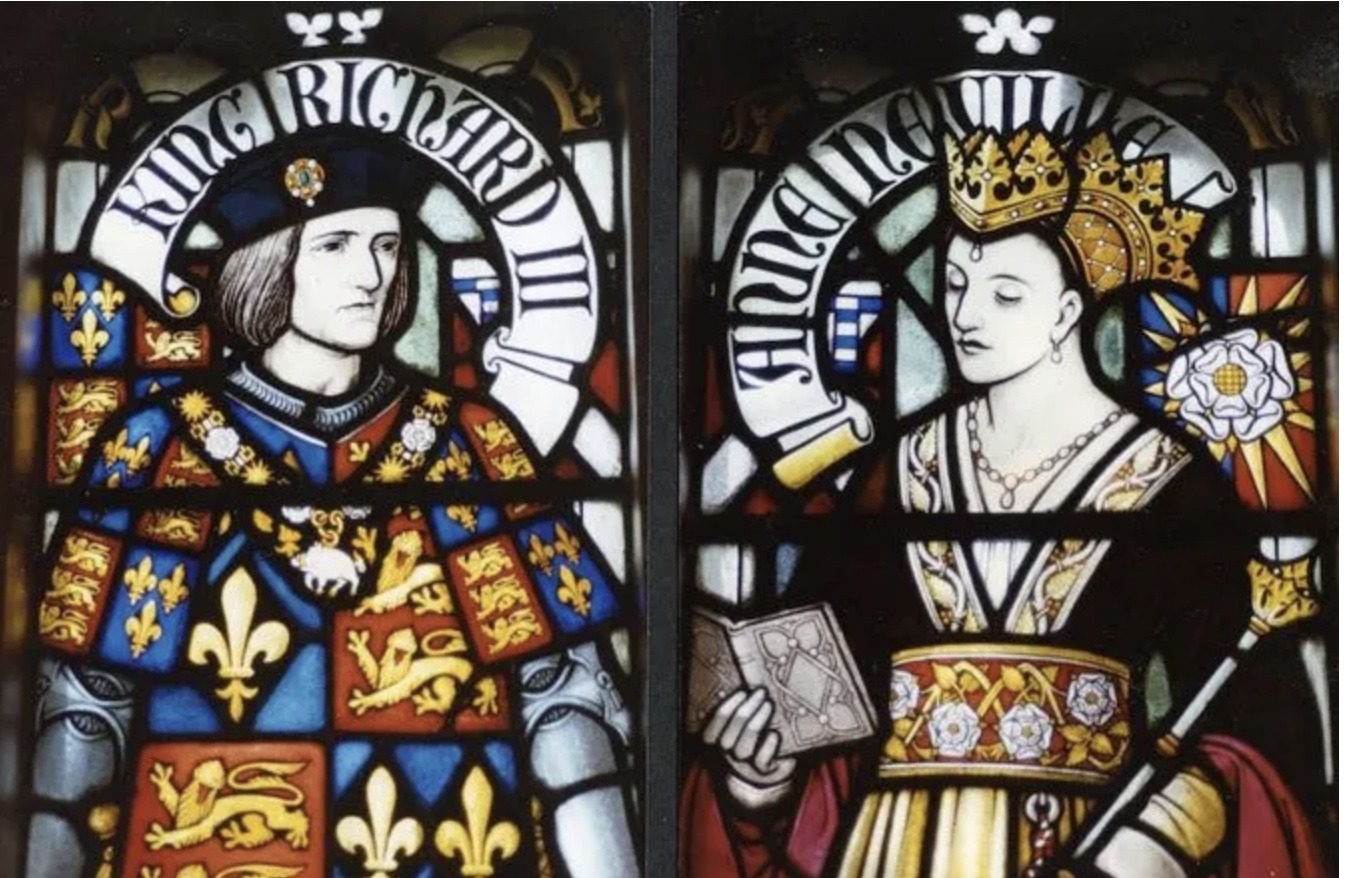
Contrary to Shakespeare, Richard’s marriage to Anne Neville was not an exploitative exercise in spoils of war, an attempt to grab her wealthy estate. Richard and Anne Neville grew up as cousins, often in each other’s company. She too had been a sickly child, Perhaps Richard and Anne were bonded by the political chaos that afflicted their childhood. Each suffered traumatic reversals of fortune, as power shifted back and forth between Lancaster and York. Both lost their fathers in battle. Anne had been unwillingly married at 14, widowed a year later. The estates of her husband and father Warwick as rebels were forfeited to the Crown, It is probable that 19 year old Richard felt sorry for his 15 year old cousin’s undeserved misfortune, which was about to get worse. Richard’s older brother, the greedy, duplicitous Clarence, had his eye on Anne’s estates, but also wanted to keep the fallen enemy Warwick’s daughter as his ward to make an advantageous marriage with another influential family. Clarence, claiming ignorance of her whereabouts, even concealed Anne in his wife’s household, requiring her to dress as a maid, until Richard personally rescued her.He waived any right to her estate to placate Clarence. Richard married Anne Neville, if not out of love, then, at least, kindness. So much for my reading of Richard’s underlying character.
The disappearance of the Princes in the Tower is the principal cause of Richard’s historical infamy. Thirty years later, Sir Thomas More wrote that the Princes were murdered by Sir James Tyrell, John Dighton, and Miles Forest, on the orders of Richard The Third, describing the crime thus: “keeping down by force the featherbed and pillows hard unto their mouths, that within a while, smothered and stifled, their breath failing, they gave up to God their innocent souls.”
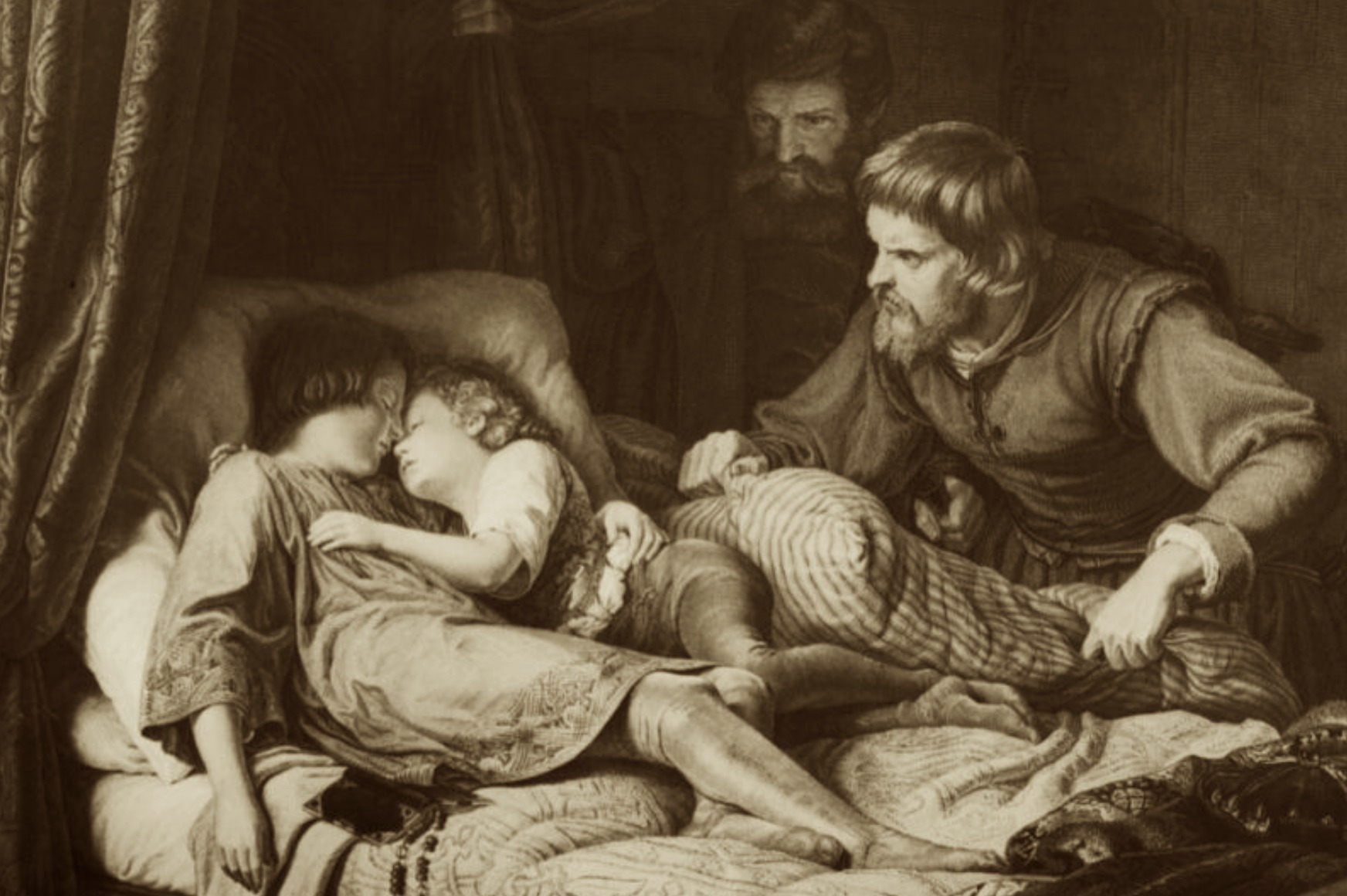
Sir James Tyrell was hanged seventeen years later, not for their murder but for treason against Henry The Seventh. About 10 years after Tyrell’s execution Sir Thomas More wrote that Tyrell had spontaneously confessed this additional crime before his execution. There remains no record of such an important confession, something Henry The Seventh would have surely made public, to further legitimize his reign. There are many reasons to question More’s account.
\
Here’s a portrait of Sir Thomas More, as he rose through the civil service ranks. More was seven years old when Richard died at Bosworth. More grew up in the household of John Morton, Bishop of Ely, one of Richard’s implacable enemies, from whom More got most of his information. Some historians have suggested that More was copying, or perhaps translating, Morton’s original material, written in Latin.
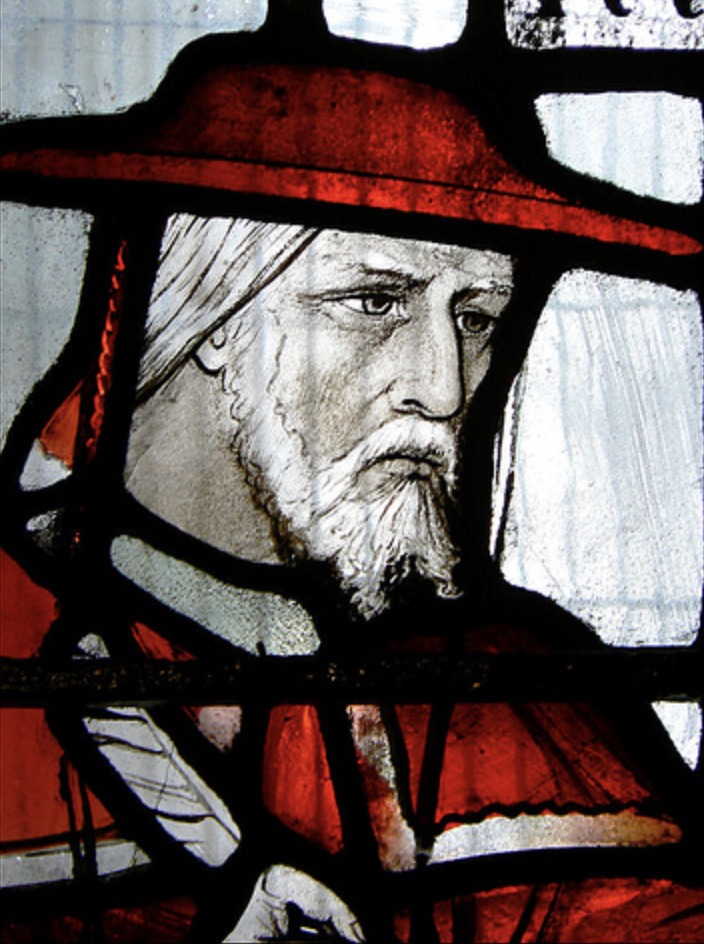
Pictured here in stained glass, John Morton was Bishop of Ely and a member of Edward The Fourth’s council, At this time, bishops were civil servants who were awarded bishoprics and access to their revenues. Morton was a wily Church politician, a serial conspirator, and at 60+ years of age, an active participant in two unsuccessful uprisings, forced to escape to France till Henry Tudor invaded. After Henry took the throne, he made Morton Archbishop of Canterbury and ultimately a Cardinal. Morton played as successful a Game of Thrones as Henry Tudor.
Yet More never published The History of Richard The Third. Years after More’s execution by Henry The Eighth, it was discovered among his papers, ending unfinished in mid sentence. More had been executed by Henry The Eighth for refusing to accept Henry’s divorce from Catherine of Aragon. In 1935, Pope Pius XI canonized More as a martyr, thereby rendering More’s writings as virtual holy writ.
Over the last century, several historians have disputed More’s account. In 1997 three Justices of the United States Supreme Court held a mock trial of Richard The Third for the murder of the Princes in the Tower. Chief Justice William H. Rehnquist, Associate Justices Ruth Bader Ginsberg, and Stephen G, Breyer ruled unanimously that Richard The Third was NOT GUILTY. Narrowly reported, soon forgotten.
This got me thinking
It’s time for a wrong to be righted, I decided one day, while in a quixotic frame of mind.
Naturally, my next thought was : a movie is the quickest way to present the case for the defense to the widest possible jury pool, Indeed, such a film, if well publicized, might stimulate popular debate, and in the process, challenge the enshrined verdict on the most infamous child murder in British history. Maybe this will serve to further encourage Buckingham Palace to authorize DNA testing, hitherto refused, on key circumstantial evidence pointing to Richard’s guilt: the two skeletons found in the Tower of London centuries later, presumed, but never confirmed, to be the Princes. The latest technology that authenticated Richard’s skeleton could confirm, or refute, whether the bones now resting in Westminster Abbey shared Plantagenet DNA. Certainly I had chosen a quixotic mission for my next spec script .as writer/director. Who Dares Wins, right? So sticking closely to contemporary records, I wrote a script that followed Richard, Duke of Gloucester from the crisis that enveloped him in April 1483, precipitating his seizure of the throne, to his death two years later in the battle of Bosworth. It was styled as a coup d’ état political thriller in medieval dress.
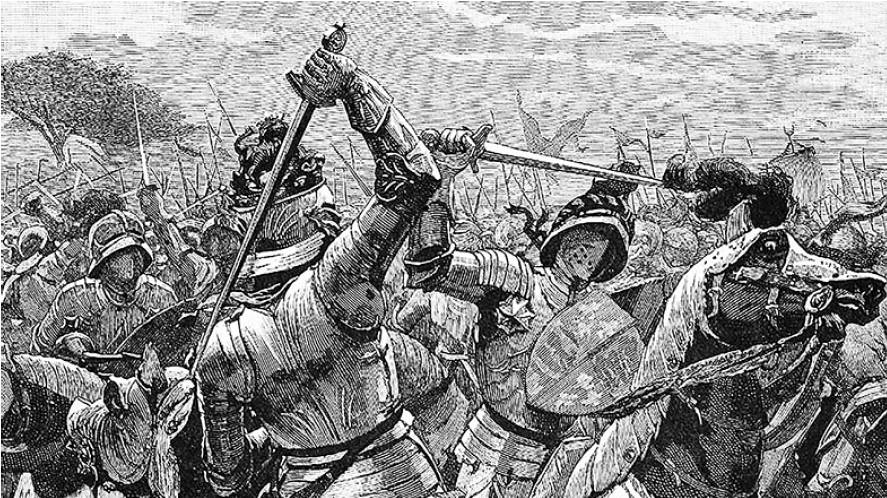
First you need the backstory: A month before his death Edward The Fourth wrote a will making his brother Richard Lord Protector of the Realm, and Guardian of Edward’s children, three daughters and two sons; the firstborn, also named Edward, being his designated successor. The threat Richard faced was one that dynasties and crime families have faced throughout history. when hereditary leadership passes suddenly to a minor. Rival factions will try to take control of the child till he comes of age, enabling them to rubber stamp the elimination of their enemies. Immediately upon King Edward’s death, conflicts that had roiled beneath the surface for years burst into the open and would engulf Richard.

Loyaulté Me Lie – Loyalty Binds Me – accompanied by the white boar of York was Richard’s personal motto, emblazoned on banners and tapestries. He served his brother the King with unswerving loyalty despite numerous inducements to betrayal from his envious brother Clarence. He even pleaded for Clarence’s life, when Edward ordered his execution. Contemporary records reflect a man with a moral compass.

I presented Richard as an idealist, who wanted to reform the law and curb the power of the magnates and the Church. You could say that’s like herding cats with a touch of wack-a-mole. Writing as I was at the beginning of the Obama Presidency, perhaps influenced by the nightly cable news slugfests, I wove in how propaganda was as powerful a weapon in politics then as it is now. Paid rumor mongers at taverns, pamphleteers, graffiti; the lo-tech equivalent of the internet. To address the central mystery of the Princes in the Tower, I proposed Harry Stafford, Duke of Buckingham as the one who commissioned the murder; the most likely suspect with access, motive and opportunity. With hindsight Buckingham can be seen as the Iago-like advisor in Richard’s ear, pushing him towards a pre-determined trap. I supported the theory that one Prince survived to become Perkin Warbeck, the Pretender, ten years later, thereby offering the possibility of a follow up movie. To sugar the history lesson, the script was spiked with bawdy humor, bursts of action and a rousing Battle of Bosworth climax. This featured Richard leading an heroic death or glory charge with only 80 knights that plowed through Tudor lines, and according to contemporary reports, brought Richard within 10 yards of Henry Tudor, killing his bodyguard with a battle axe, before he was cut down. I wrote a screenplay that I believed was achievable – as a UK/EU co-production in 2009 – within a 20 million dollar budget, depending on casting.

Casting. Aye, there’s the rub. A star of significant wattage would be needed to play the starring role, or a brilliant unknown actor with a gallery of stars around him. While resemblance to portraits of historical figures is helpful in movies, it is not essential. This is a facial reconstruction of Richard created after his skull was digitally scanned.
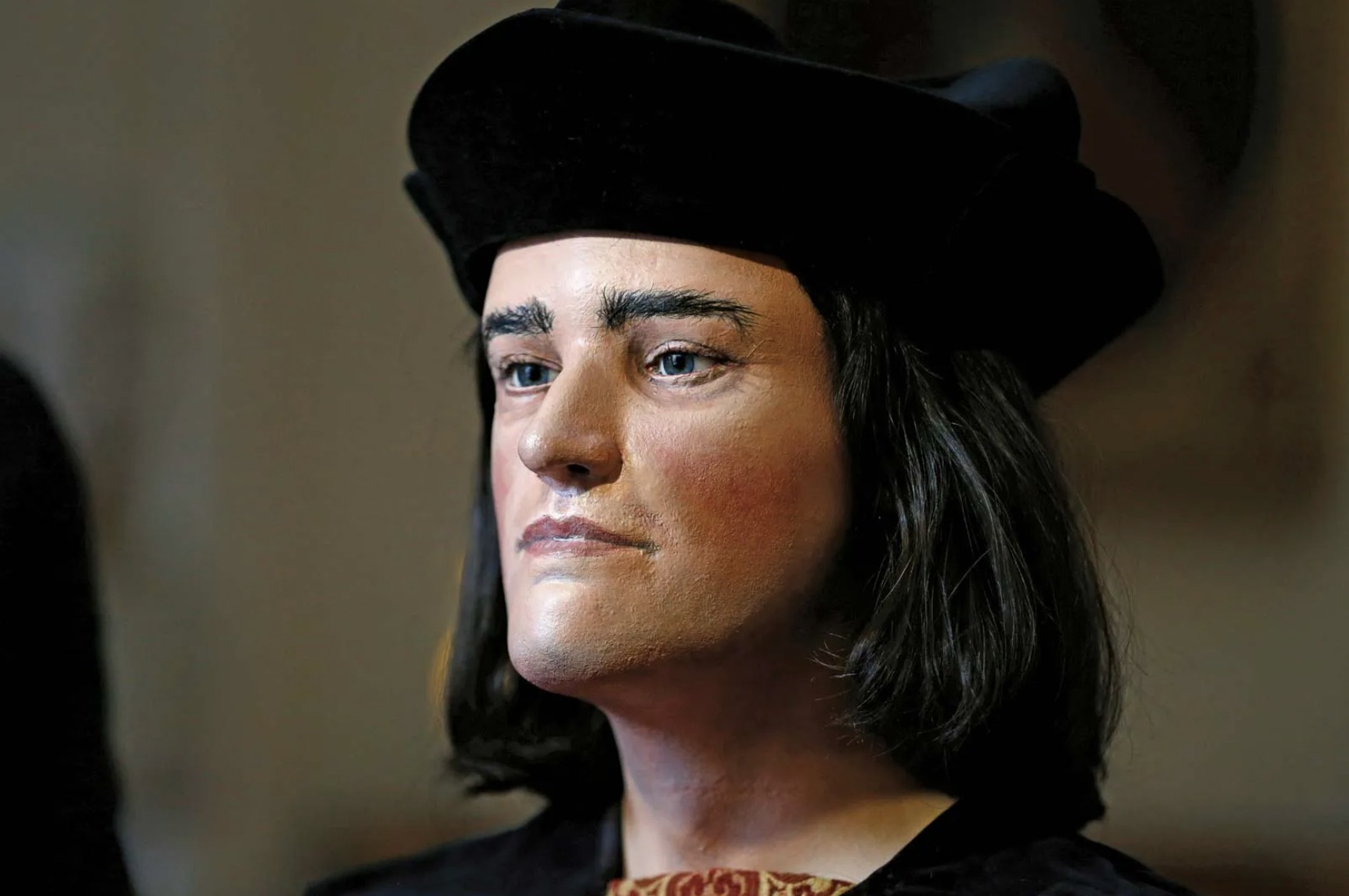
Richard’s relatively slight stature would be the important element to maintain in the casting choice. A brief digression on Richard’s physical appearance.
“Richard liveth yet”, a family chronicler once wrote. He was a sickly child. then an undersized lad, a foot shorter than his eldest brother Edward, and not as handsome. He was not the charming extrovert his older brother Clarence was. Quite the opposite. Quiet. Introverted. Perhaps regarded as the runt of the litter, expected to die in infancy as many children did. However Richard’s health improved once he began training in horsemanship and military arts, a major part of a young noble’s education, starting at age seven. At age twelve, Richard was reported riding in armor recruiting troops for his brother. Extended practice with lance, axe and sword would lead to his right arm and shoulder being overdeveloped. Also examination of Richard’s spine has revealed a distinct rightward curve of between 65 and 85 degrees with some twisting. This scoliosis had a spiral quality that would have been noticed, when after Bosworth his naked corpse was slung over a horse and taken to town for public display. This gave rise to the subsequent hunchback rumor that Shakespeare embraced.
If I was casting today, I think Daniel Radcliffe would make an interesting Richard The Third, as a noble, determined, tortured soul. From Harry Potter to Kill Your Darlings to Weird Al, he has dared to take risks, and his persona guarantees audience identification with his characters.

Another leading figure in the story was Elizabeth Woodville, who became Edward The Fourth’s Queen Bess.
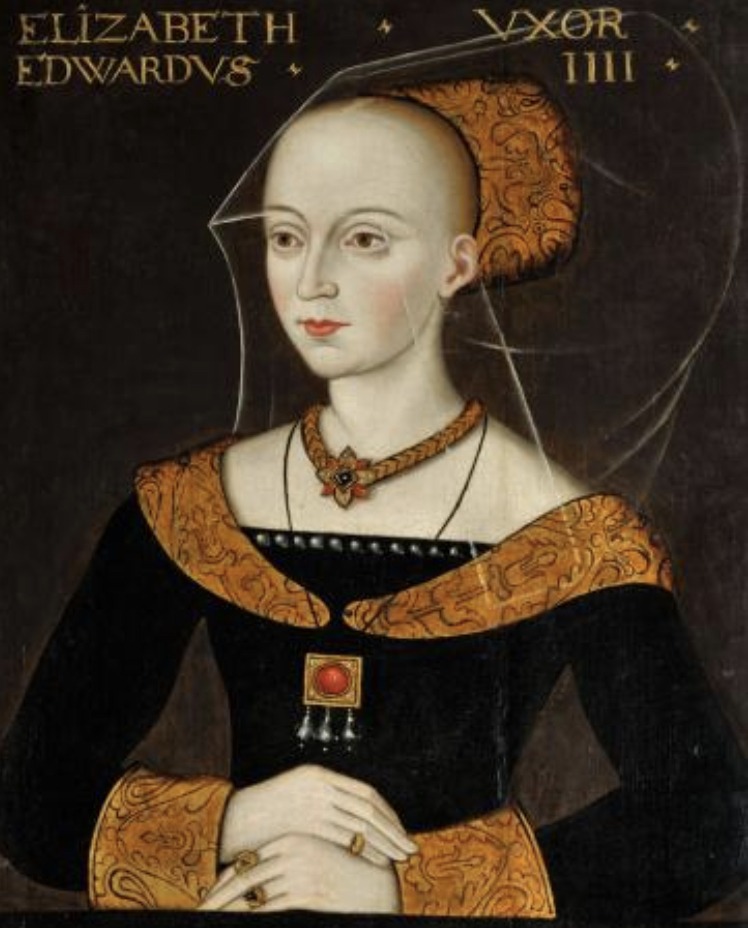
I thought Nicole Kidman would be perfect as the proud, devious, and ultimately tragic Elizabeth Woodville. Like all writers I fantasized about my cast. Might as well imagine their chemistry even if it never happens. I saw Mel Gibson as the wily and energetic John Morton, rebel Bishop of Ely, played as a man of 50 rather than 64. I saw Tilda Swinton as Margaret Beaufort, ambitious mother of Henry Tudor and Tom Hiddleston as the crafty Henry, Brendan Gleeson as Tudor’s uncle, the old war horse Sir Jasper Tudor. Jude Law as Hastings, Richard’s friend, who Richard executed for treason. Robert Pattinson as the ultra devious Buckingham, Another key character is less well known – Duarte Brandao, an adventurer and ship’s commander, who outwitted the Woodville fleet when it tried to abscond with half the national treasury. A short, largely CGI, fog shrouded naval engagement would add a fresh dimension to the recreation of the period.

Duarte Brandao was eventually known as Sir Edward Brampton. He was raised in Portugal by a Jewish mother, the illegitimate son of a probable nobleman. After killing a man in a duel, Duarte was forced to flee Portugal and sought service with Edward The Fourth in England. He distinguished himself in battles on land and sea throughout the Wars of the Roses became a close associate of Richard The Third. Duarte converted to Christianity – though in late life he converted back – and was knighted by Richard in 1484, as Sir Edward Brampton, the first man of Jewish origins to receive that honor. I wrote the role with a wry humored Antonio Banderas in mind.

If the script could snag two of the names in my dream cast, there was a chance financing could come together. My last spec script had been optioned. Would I get lucky with this one?
An early career as a trailer maker no doubt influenced my vision for the first three minutes of the movie:
Body on Page One. Always a good start.
Lotsa bodies, even better.
Dynamic action and title montage, succinctly synopsizing the 30 year Wars of the Roses, set to powerful music, precipitating immediate crisis.
Identify principal characters when introduced by name, and rank. to provide historical authenticity.
Keep history exciting. It is.
I also put my thesis out front and center. That’ll get their attention.
FADE IN:
EXTERIOR. BATTLEFIELD. DAY
A white rose fills the screen. We cruise round its glorious petals, suddenly struck by flecks of blood. Gradually the rose turns from white to red, then divides into two, a White rose on the left, a Red rose on the right.
INTERCUT TITLES:
SHAKESPEARE GOT IT WRONG
Thundering hooves sound of an approaching cavalry charge build to a crescendo. An explosion of impact, as two waves of heavily armored knights collide head on. Lances transfix riders and horses.
THERE WAS A TIME WHEN THE RICH DID THEIR OWN FIGHTING
The fallen are trampled by a hundred hooves.
1450 KNIGHTS
A cloud of arrows pincushion a cluster of infantry.
39 EARLS
Men in armor battle on foot. One falls, his arm sheared off at the shoulder.
17 BARONS
In crimson water, a hundred men hack and slash at each other.
7 DUKES
Another armored warrior is struck from his horse. A foot soldier quickly kneels and cuts his throat.
2 KINGS DIE IN BATTLE
OR BY EXECUTION
Burly executioners thrust the neck of the gibbering Henry The Sixth across the block.
HENRY THE SIXTH
“I am your King! I am anointed by God!”
Nonetheless, the axe falls.
A bleeding teenage knight rips off his armor. as he runs across a foggy battlefield strewn with dead and wounded.
EDMUND PLANTAGENET, EARL OF RUTLAND, LORD CHANCELLOR OF IRELAND. AGE 17.
Men in armor loom out of the fog. Edmund Plantagenet freezes, then sinks to his knees. A knight steps forward removing his helmet, revealing a man in his mid twenties, seething with triumphant rage.
THOMAS, 9th BARON DE CLIFFORD. AGE 25
BARON DE CLIFFORD
“Thy father slew my father, so will I slay thee and all thy kin!”
He rams a dagger into the boy’s throat.
EXTERIOR. THE GATES OF YORK. DAY
A soldier hammers a long nail through Edmund’s now severed head, securing it beside two other heads to a beam over the entry way. A crowd watches.
TWO POWERFUL FAMILIES, THE HOUSE OF LANCASTER AND THE HOUSE OF YORK, FIGHT FOR CONTROL OF ENGLAND.
INTERIOR. WESTMINSTER ABBEY. DAY
A coronation is in progress.
FINALLY THE HOUSE OF YORK PREVAILS.
JUNE 28th 1461
The Archbishop places the ornate crown of England on the head of a tall, golden haired 20 year old.
ARCHBISHOP
“By the grace of God, Edward The Fourth, King of England and Ireland.”
The camera homes in on Edward’s strikingly handsome face.
INTERIOR. ROYAL BEDCHAMBER. NIGHT
APRIL 9th 1483
Matching Angle: The same face, bloated by 20 years of excess, the fair hair now balding and streaked with grey, the breathing rasping and uneven.
Propped up on pillows, semiconscious, King Edward The Fourth is at the point of death. Courtiers stand at a discreet distance. A choir intones a hymn. Beside the death bed is his wife BESS, 48 years old, still strikingly beautiful, and unaffected by her husband’s imminent passing.
QUEEN BESS, WIFE OF EDWARD THE FOURTH,
BORN ELIZABETH WOODVILLE, A COMMONER
The Queen’s gaze rakes the crowd lining the walls, focusing on a petite, fair haired woman, 38 and still seductive, tears on her cheeks.
JANE SHORE, FAVORITE MISTRESS OF THE KING
Jane Shore contemplates her uncertain future.
Standing nearby is a silver haired, well dressed noble in his early fifties.,
LORD WILLIAM HASTINGS, CHANCELLOR OF ENGLAND
Lord Hastings looks at Mistress Shore, compassion inflected with lust.
She notices.
The Queen turns to a Bishop standing beside her,.
JOHN MORTON, BISHOP OF ELY, MEMBER OF THE COUNCIL
THE QUEEN
“How soon will my son be brought to London?”
MORTON
“Two weeks, if the weather is kind.”
THE QUEEN
“Keep the Duke of Gloucester away.”
MORTON
“The King’s will has appointed him Guardian of the Princes and Protector of the Realm. ”
THE QUEEN.
“They must not be allowed to meet.”
MORTON
“A sufficient escort will prevent interference.”
THE QUEEN (curtly)
“See to it.”
The dying king stirs.
MORTON
“Can he hear us?”
THE QUEEN
“Place your hand on my breast.”
MORTON
“Your Majesty?”
THE QUEEN
“You heard me.”
Edward’s eyes flicker. His breathing quickens.
Morton glances back at the retinue lining the wall, then steps beside The Queen as if to offer comfort by taking her arm. Instead, shielded from view, he places his hand lightly across her breast. She grasps his palm, pressing and rubbing it slowly round her breast. Edward, staring at them, utters a groan of pain. She addresses her husband with honeyed venom.
THE QUEEN
“This is for all the whores you took when my bed was ever willing.”
The Queen kneels down, close to the King’s face as if to pray.
THE QUEEN
“Remember the day we met, did you think ahead to this day?”
Edward shudders.
THE QUEEN
“No, you didn’t think further than the end of your prick. But I did. You thought you could drink and gorge and fornicate forever. God had other plans. The kingdom is mine now…I shall rule through our sons. Those who scorned me and my family will learn to fear us. So, dear husband, hurry along…I will soon send your brother to keep you company.”
EXTERIOR. MIDDLEHAM CASTLE DAY
A face snarls into camera.
RICHARD
“I am the Ogre! AGH! I eat you up!”
RICHARD, 30, a man of below average height, lean with muscular shoulders and arms, is playing tag with the delighted children of his key lieutenants at a family picnic outside the castle walls.
RICHARD, DUKE OF GLOUCESTER, THE KING’S BROTHER
Richard scoops up a little girl squealing with delight, and whirls her round. ANNE, 27, Richard’s wife, smiles at her husband, whom she has known since childhood.
ANNE NEVILLE, DUCHESS OF GLOUCESTER
Beside her sits their seven year old son NED. He puts down a half finished apple and runs towards his father.
ANNE
“Dickon, your son wants his turn.”
Anne watches her husband give Ned the sensation of flight, wheeling him round and round.
NED
“Whee! I’m a falcon!”
RICHARD
“Nay, an eagle! An eagle!”
Three more twirls, then Richard places the boy beside his mother, Ned keels over from dizziness.
NED
“Thank you, father. Whoo!”
RICHARD
“This work is hard.”
ANNE
“When men bear the children, we ladies will hear your complaints.”
All the women laugh. Noting a nearby retainer watching with his family, Anne whispers to Richard like a good political wife.
ANNE
“And don’t forget Percy’s children.”
Richard appreciates her insight. She is the love of his life.
Anne sees a group of horsemen galloping across the field towards them, a royal pennant flying. She knows this is not good news.
******
The screenplay ran 135 pages. My representatives felt there were only two companies that would be interested in taking on an expensive British themed costume picture: BBC Films and Working Title Films, Both companies turned it down: one for being “too fawning on Richard”, the other, which had a competing screenplay, as yet not produced, concluded that “bad Richard” was more fun. My mission to restore the reputation of a maligned King of England had failed. Who dares does not always win. But it’s always worth trying. My interest in Richard’s cause persisted.
Soon enough, BBC & STARZ announced plans to turn the best selling cousins’ war novels by Philippa Gregory into series. Those novels at least provided some counterpoint to the Thomas More narrative. Further impetus to restoring Richard’s reputation was provided by the discovery of Richard’s skeleton in 2012, under a car park in Leicester. He was subsequently buried with Royal protocol.


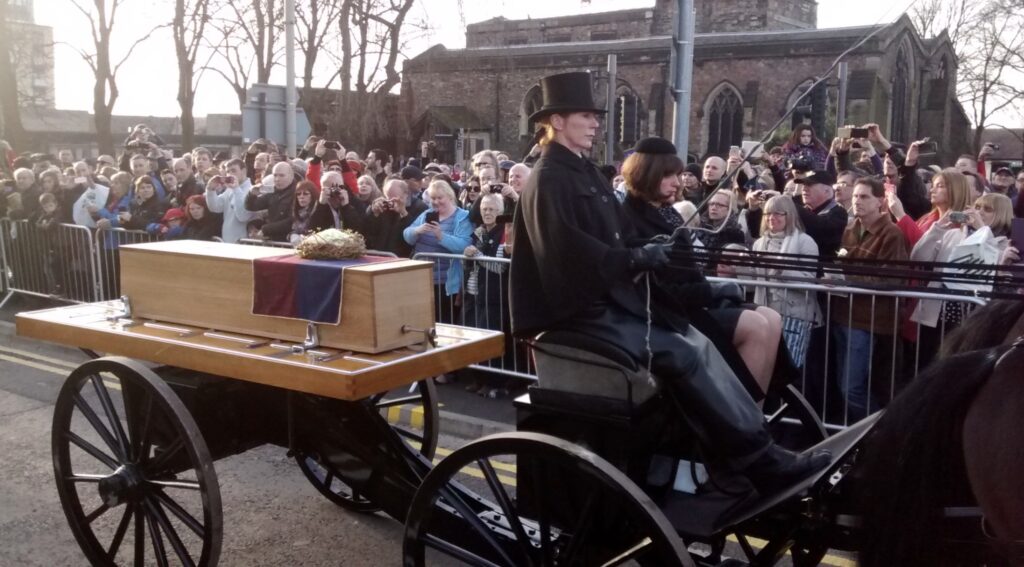

This was an amazing story in itself, and is now the subject of its own movie The Lost King. Sally Hawkins, plays the real life lady Philippa Langley, whose single minded dedication to finding the actual burial place of Richard The Third led to his skeleton being uncovered and authenticated.
Naturally I was keen to watch the 2013 BBC/STARZ series The White Princess, which over 10 episodes depicted the turbulent era through the eyes of the key female characters involved, mainly Elizabeth Woodville played by Rebecca Ferguson. It was a star making role. Tom Cruise watched the series and cast her in his next two additions to the Mission Impossible franchise. This version depicts the murders of the Princes in the Tower as having been instigated by Margaret Beaufort, the mother of Henry Tudor, the future King Henry The Seventh, to eliminate them as future claimants to the throne.
The White Queen, despite excellent performances, disappointed me overall. Critics were a little underwhelmed. The Los Angeles Times review concluded: ” Shoveling three novels and 30 years of very confusing history into even 10 hourlong episodes requires that “The White Queen” become a series of vignettes rather than a cohesive narrative, a “greatest hits of the Wars of the Roses,” as it were. Years collapse into minutes, intricate policy is condensed into cardboard personalities, and the characters are swiftly categorized as good or evil.”
Certainly, the writers were set a challenging task. Shot in Belgium on a budget that limited the scale of sets and crowd, the grandeur of the era was absent. Zippers and tourist guide rails visible in some palace locations were among the anachronisms critics pointed out. To disguise the lack of large bodies of troops. the Battle of Bosworth Field was staged in a forest. From my perspective, the most disappointing aspect was that the complex issues of Richard’s reign were crammed into the last three episodes of The White Queen. Richard deserves three seasons of his own.
However, this TV show coupled with the discovery and Royal burial of Richard The Third has focused public attention on the central mystery of his reign: did he, or didn’t he? My view: To have ordered the murder of his two nephews whom he would have played with as infants at Yuletide gatherings, the sons of the brother to whom he was devoted, is incompatible with Richard’s character as revealed in the documented facts of his life.
King Charles The Third has recently stated that he is open to DNA examination of the remains of the presumed Princes, currently resting in Westminster Abbey. If neither skeleton contains Plantagenet DNA, a significant piece of circumstantial evidence against Richard is eliminated. If only one has Plantagenet DNA, that supports the Perkin Warbeck theory of one Prince’s survival – a page was mistakenly killed in his place., and the real Prince was smuggled to Flanders disguised as a servant in the service of Sir Edward Brampton, He would invade England as the rightful King and die as Perkin Warbeck, the Pretender.
I hope DNA testing goes forward. It will not solve the mystery, but it would be a good step forward.
END
****

